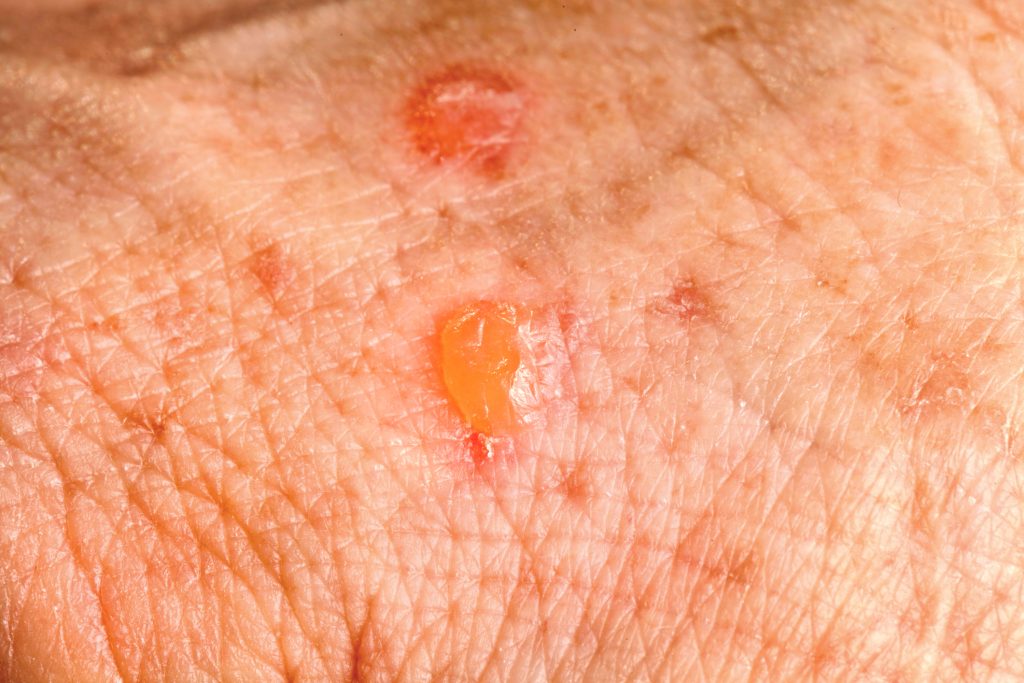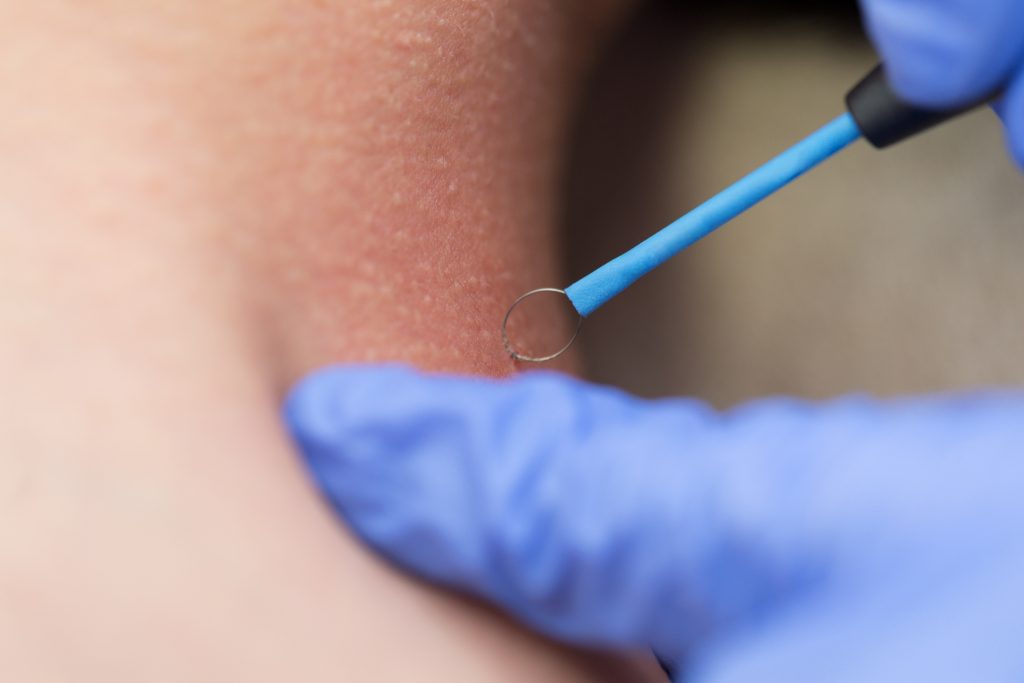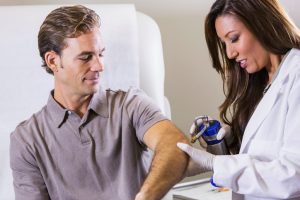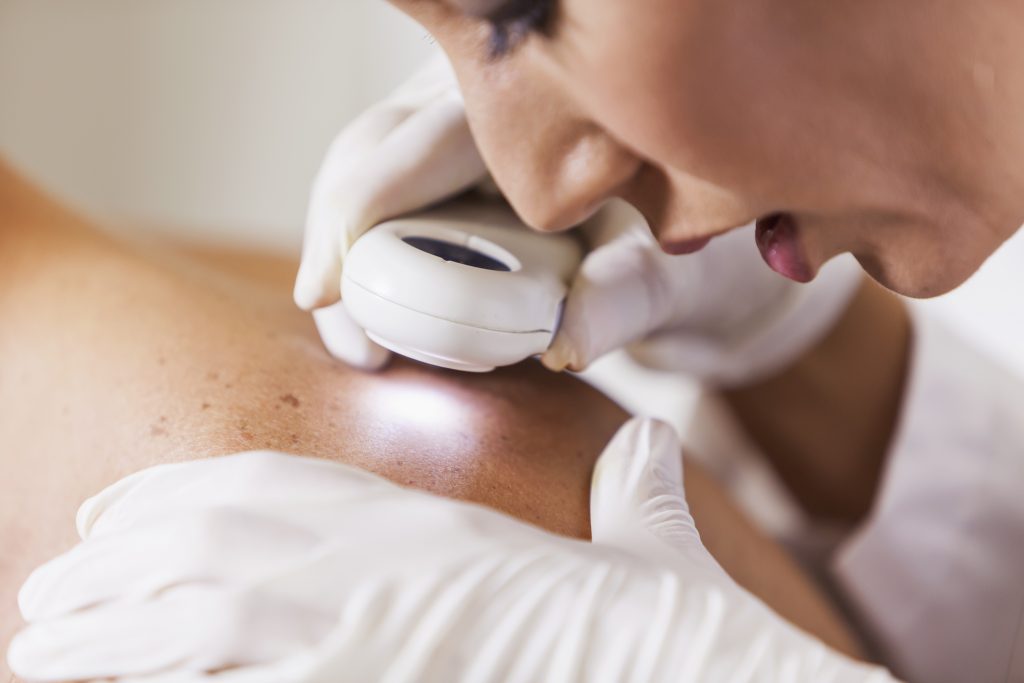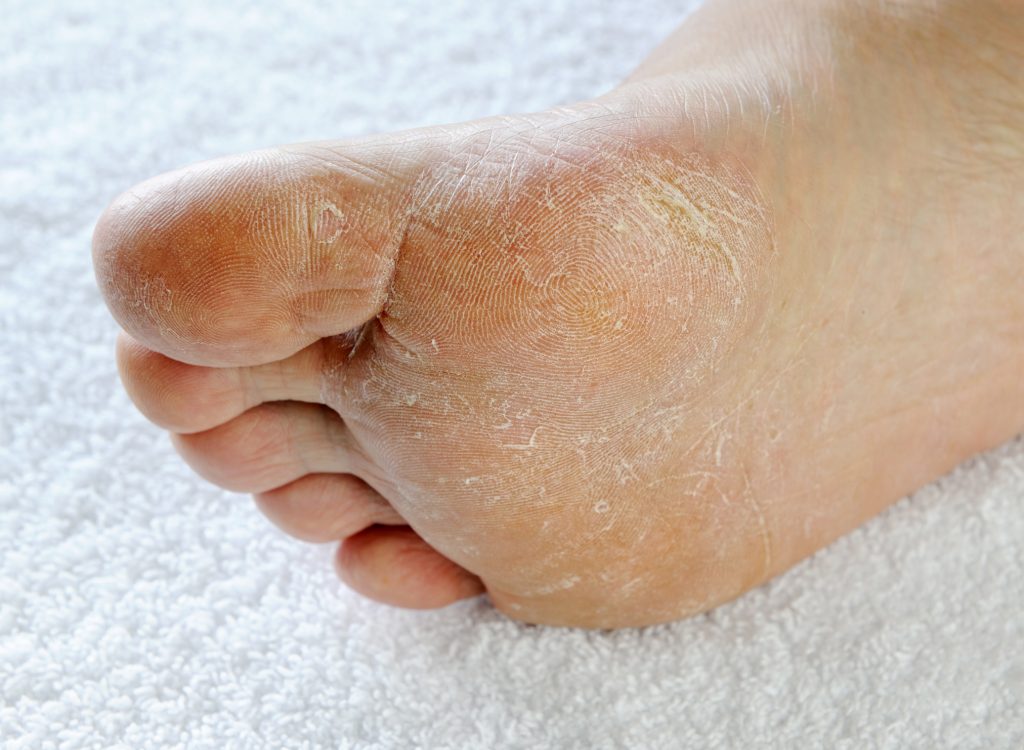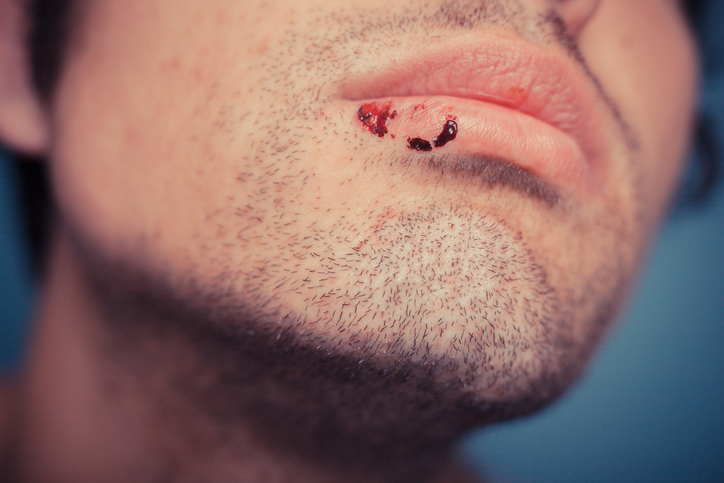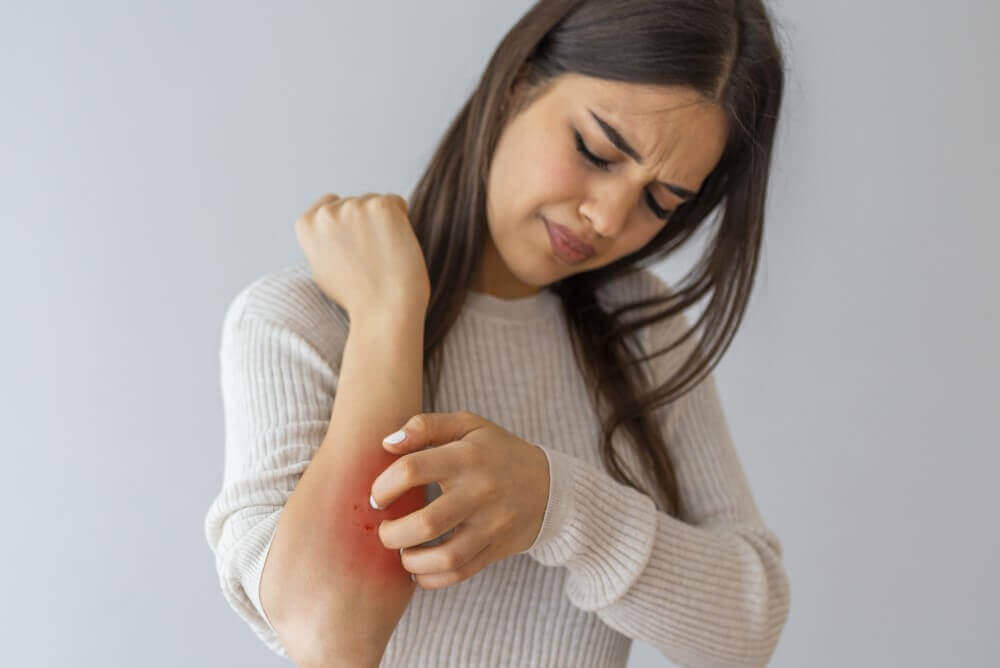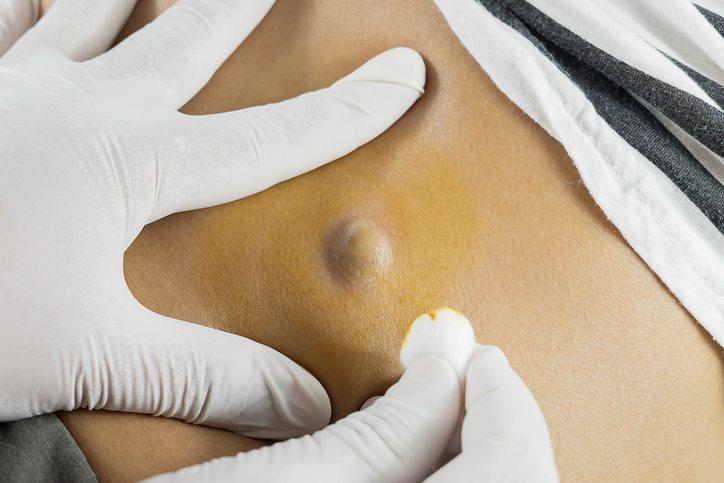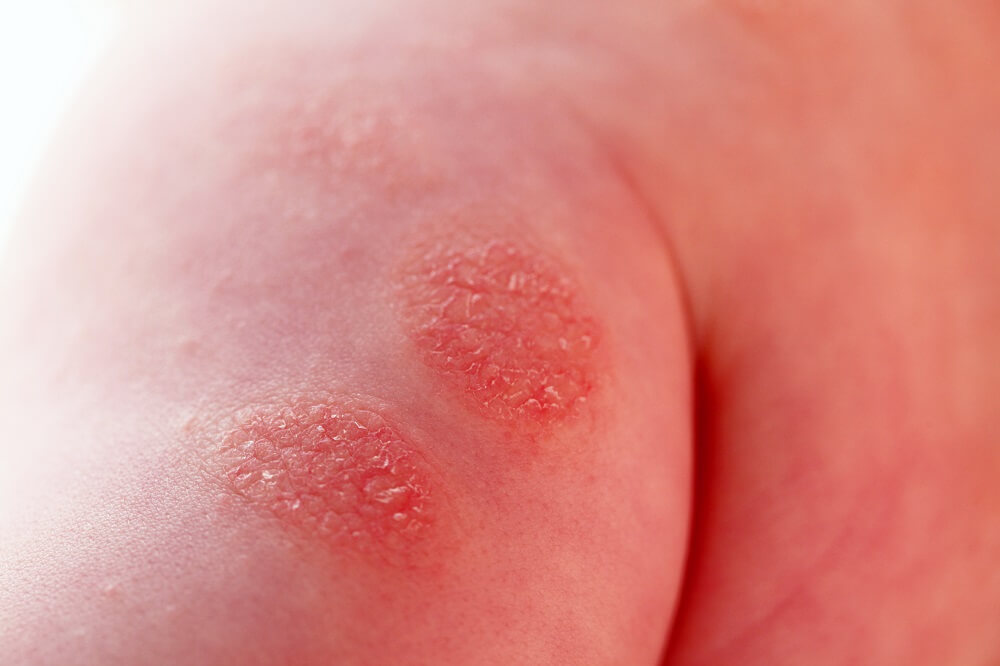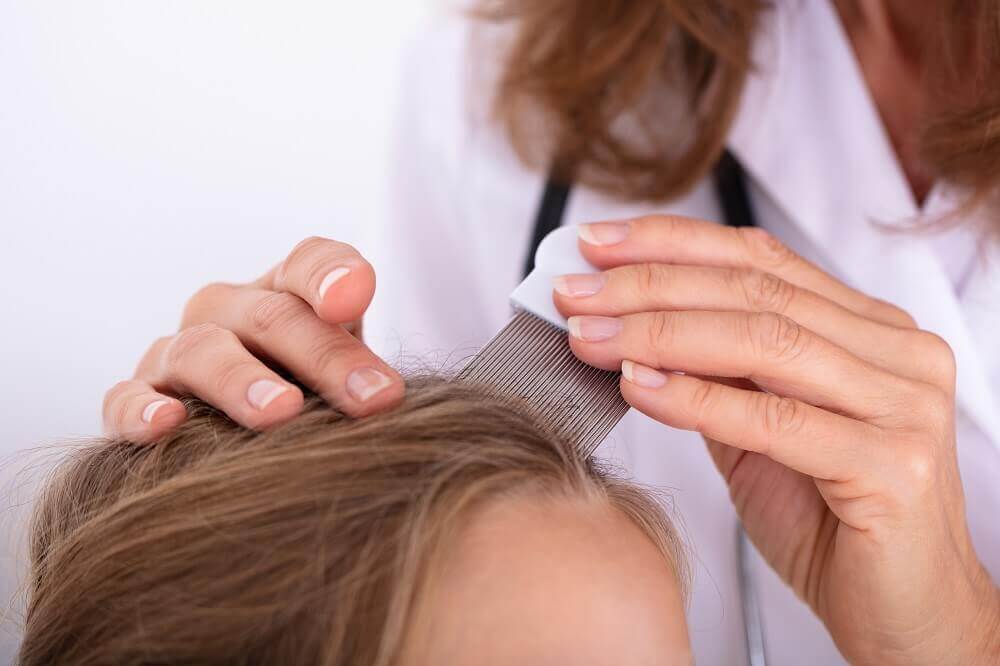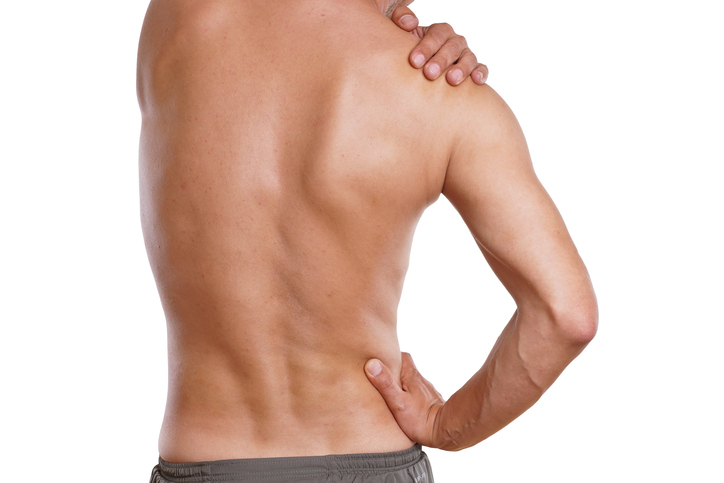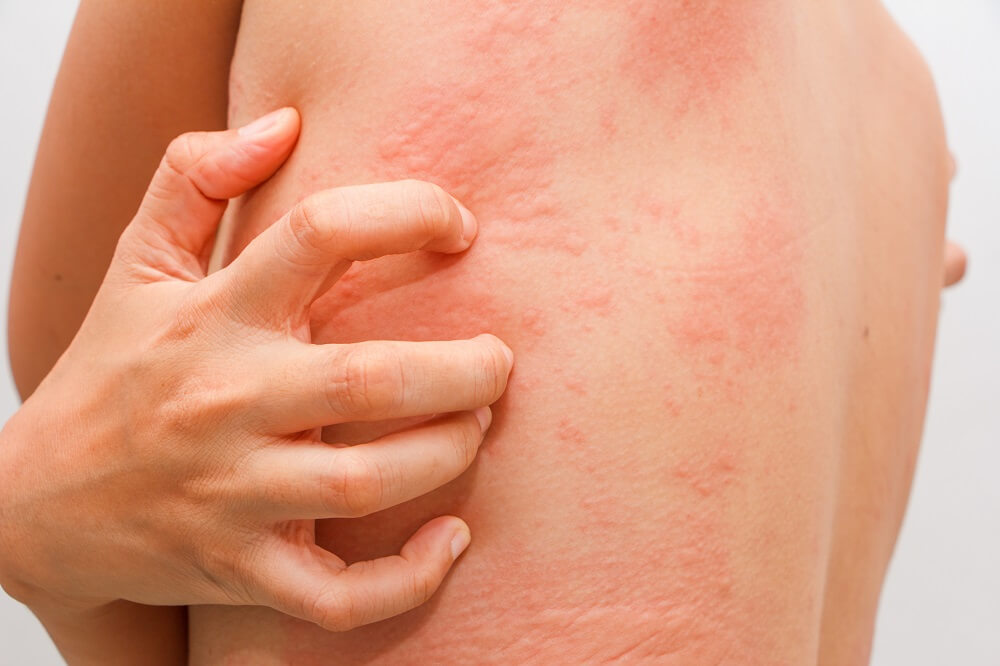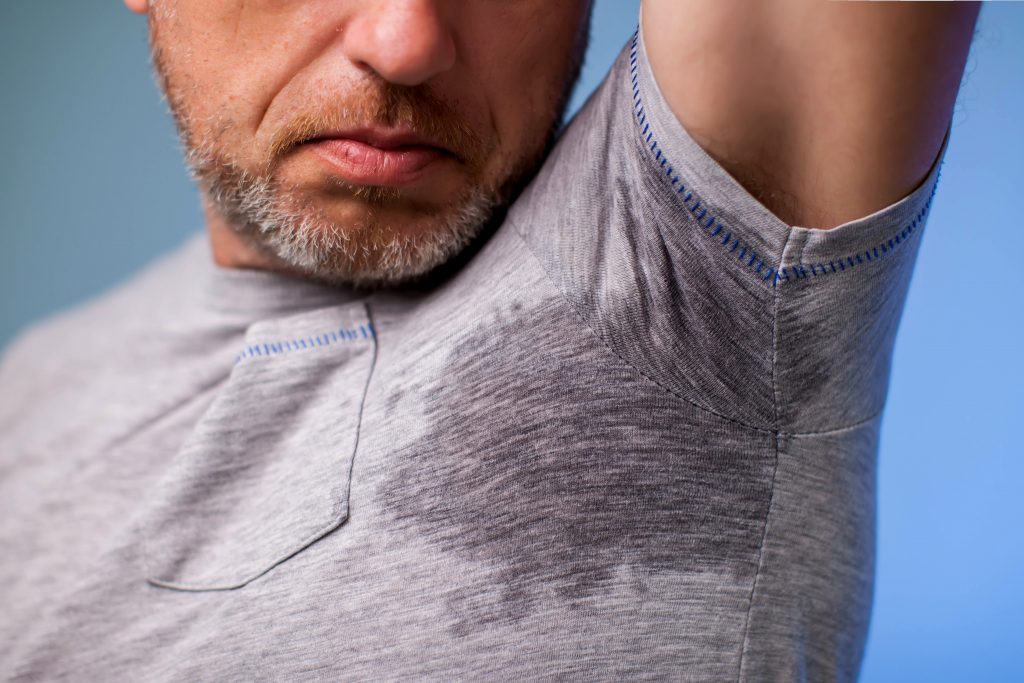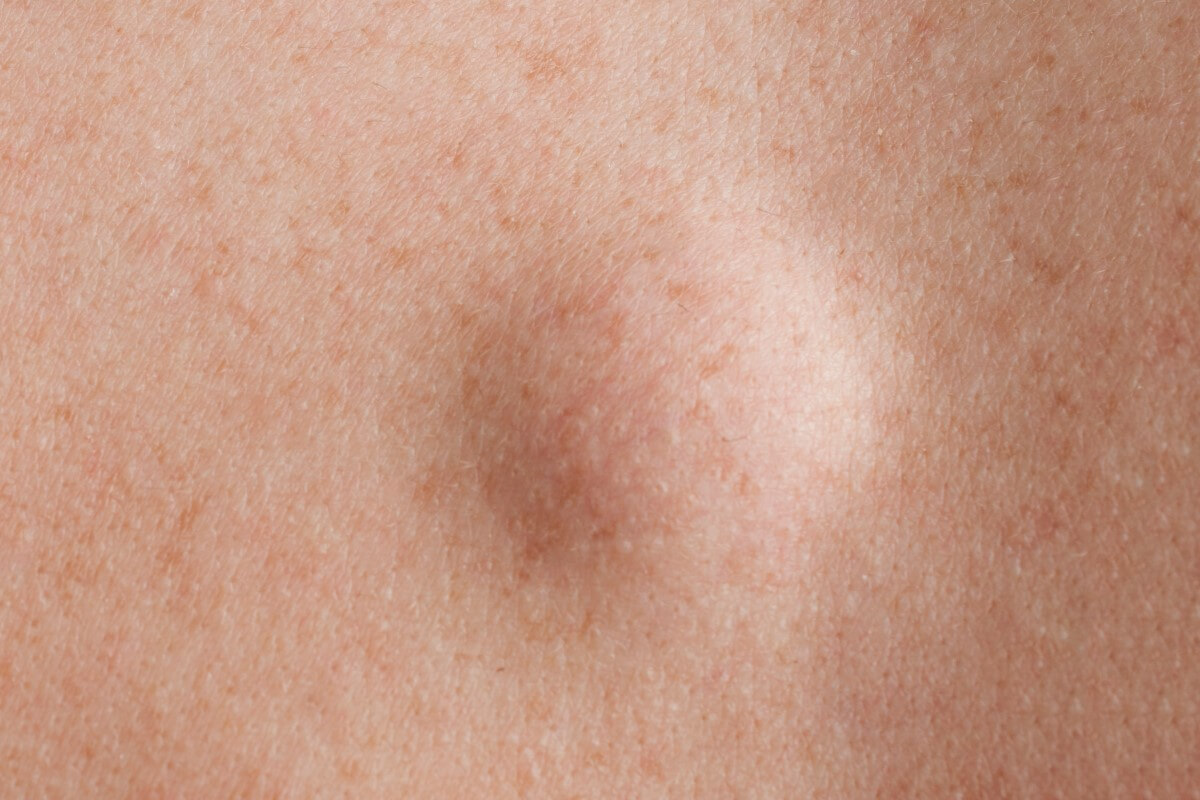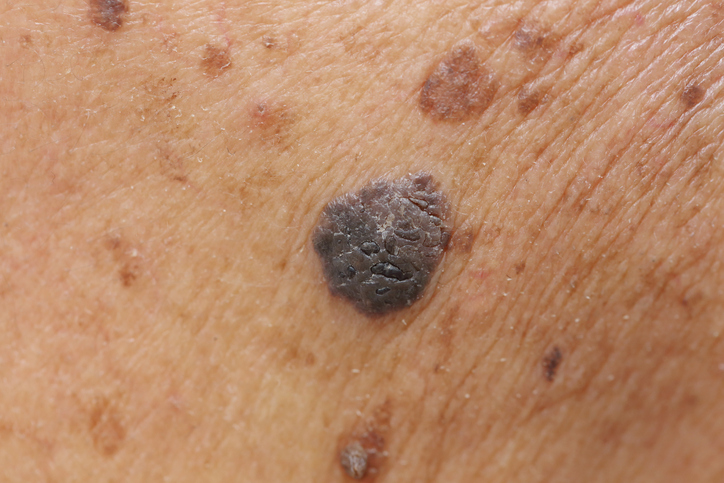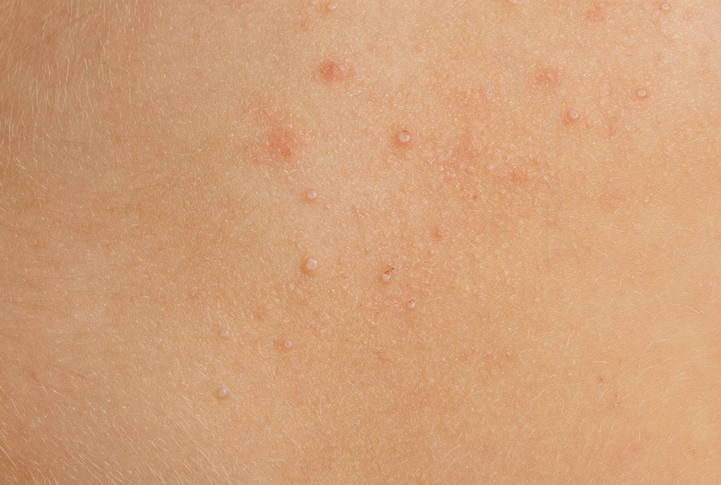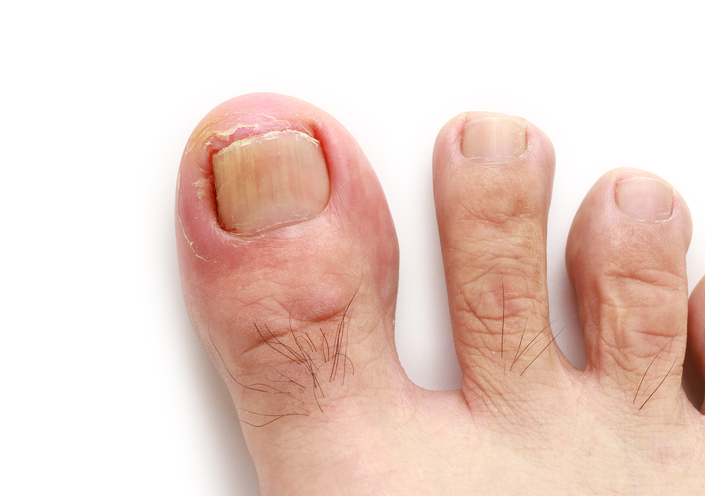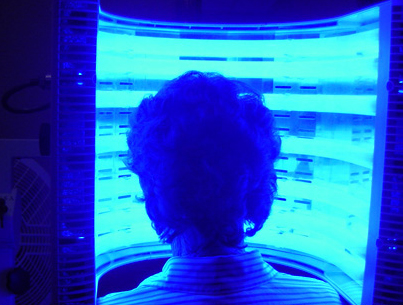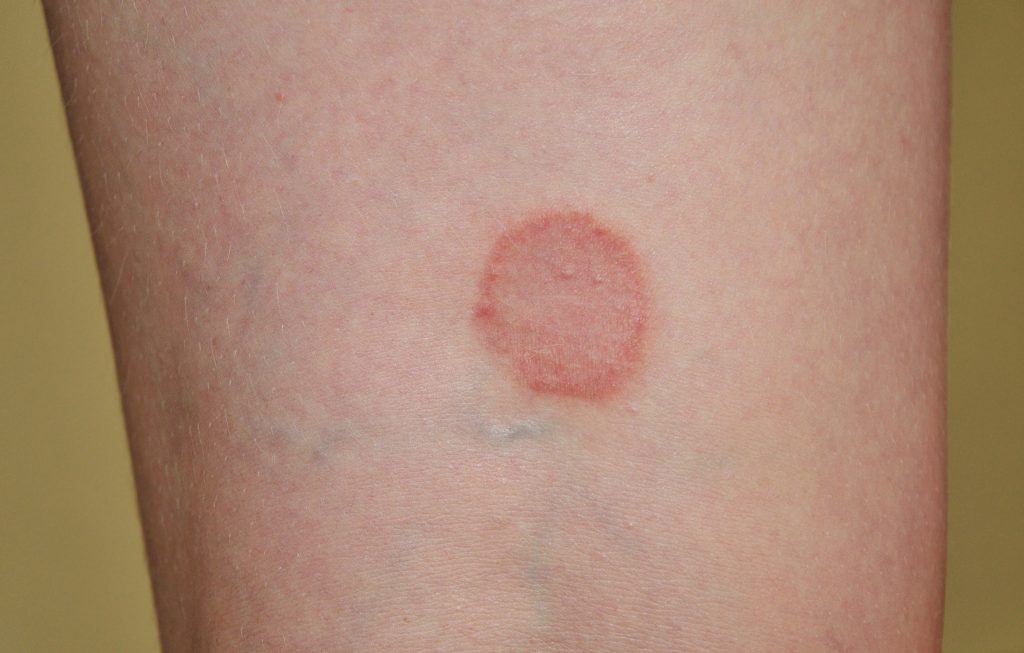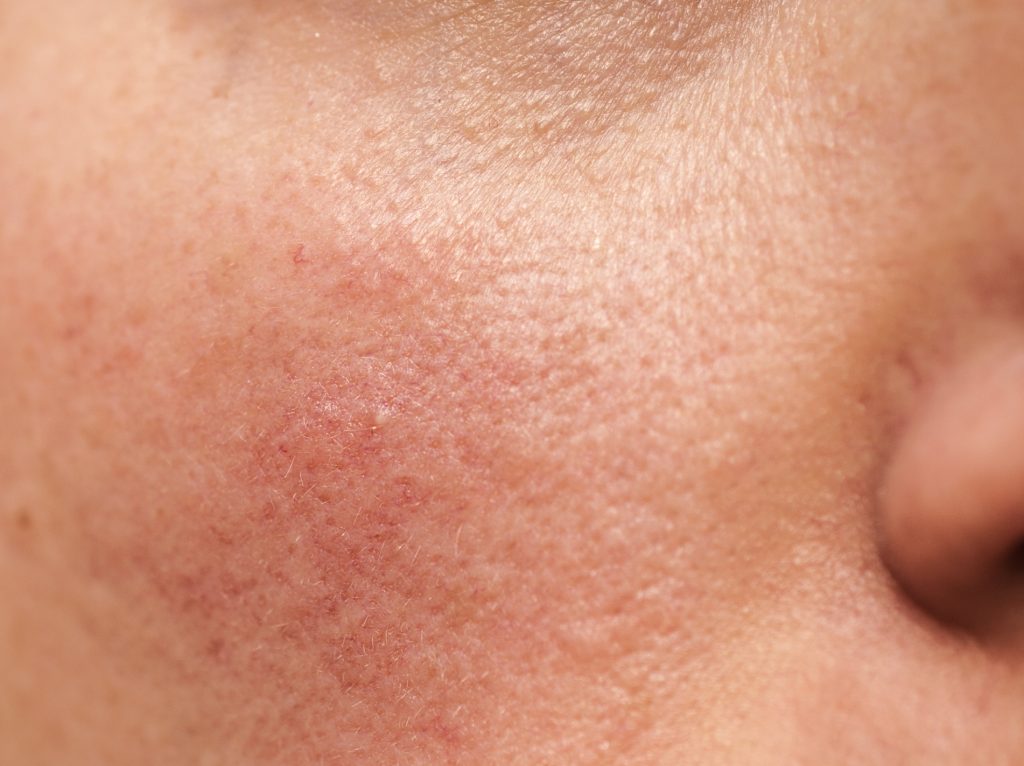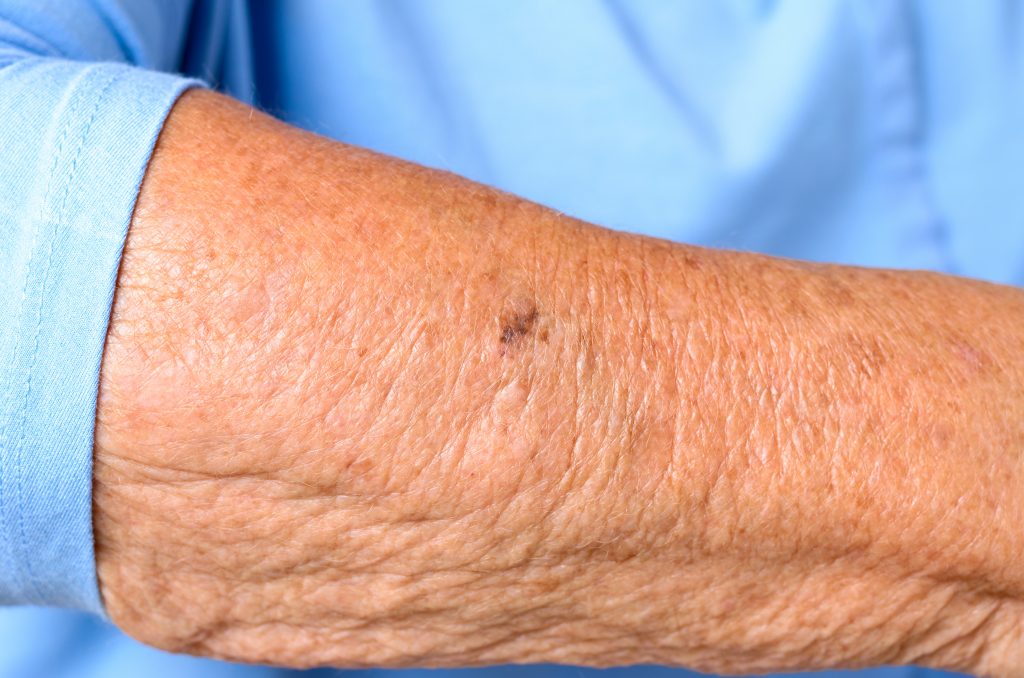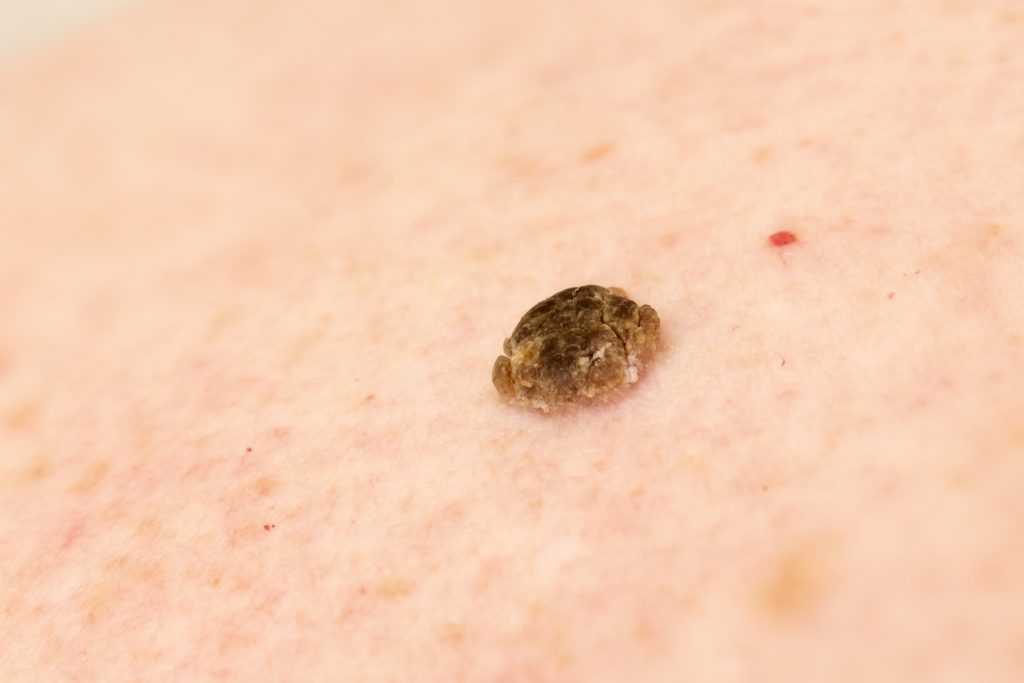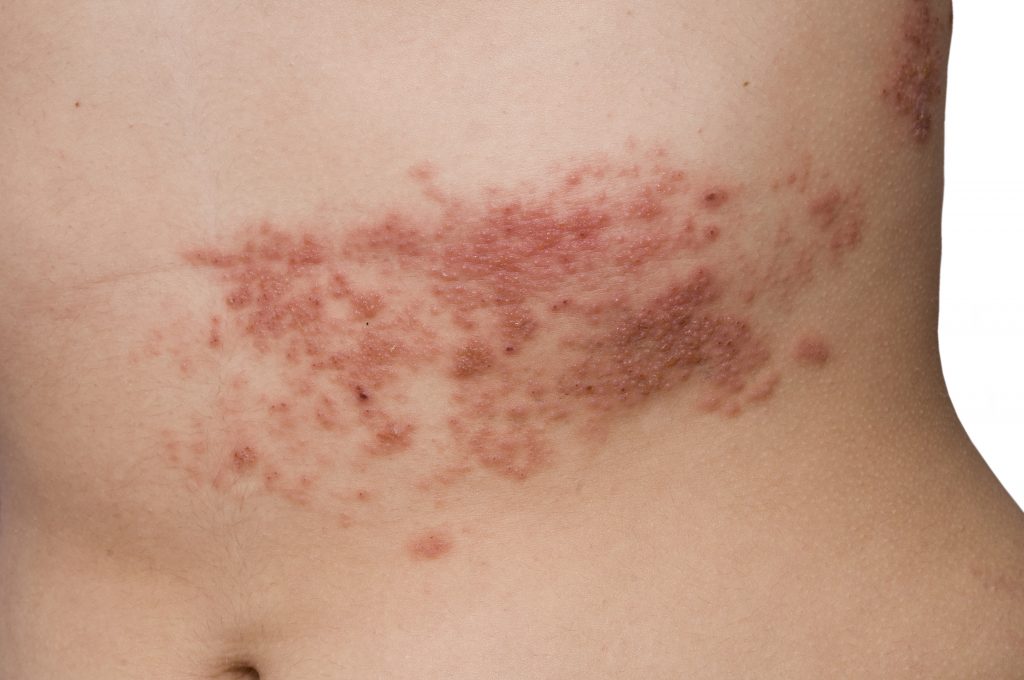Shea K. Young, MPAS, PA-C is a certified physician assistant providing dermatology care to patients in Waco, Texas at U.S. Dermatology Partners Waco.
Shea grew up in East Texas and graduated from Texas A&M University with a B.S. in Biomedical Science. Shea earned a Master of Physician Assistant Studies from Texas Tech University.
Shea has extensive experience and knowledge in dermatology. She has a specific interest in skin cancer screening exams and skin cancer diagnosis. In addition, she is proficient in treating acne, psoriasis, atopic dermatitis, and various other skin conditions. Shea is committed to providing her patients with superior care for all their skin care needs.
Shea is a fellow member of the Society of Dermatology Physician Assistants, the American Academy of Physician Assistants, and the Texas Academy of Physician Assistants.
In her free time, Shea enjoys traveling, skiing, running, and fly-fishing with her husband Sky and their young daughter. After practicing in Colorado for a few years, Shea is excited to return to her home state of Texas to be near family and looks forward to treating patients and serving the Waco community.
Specialties and Affiliations
- Society of Dermatology Physician Assistants
- American Academy of Physician Assistants
- Texas Academy of Physician Assistants



